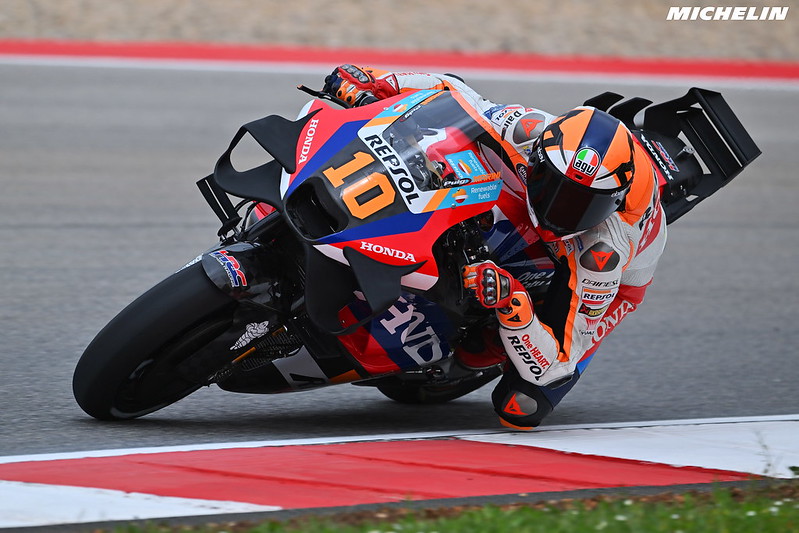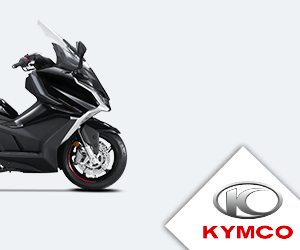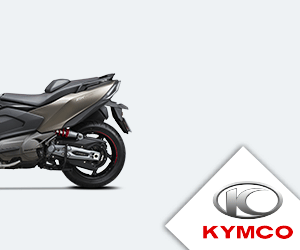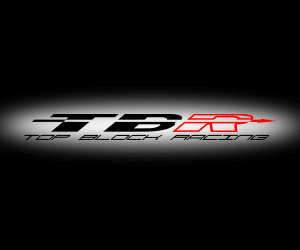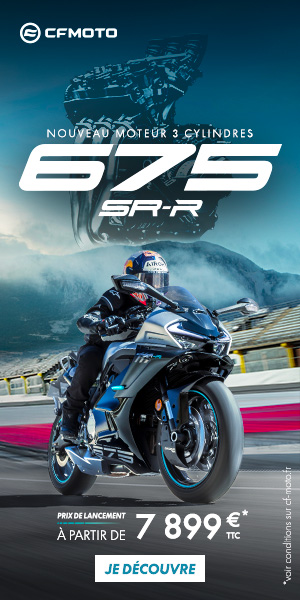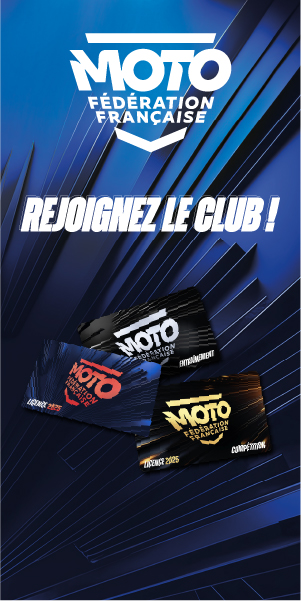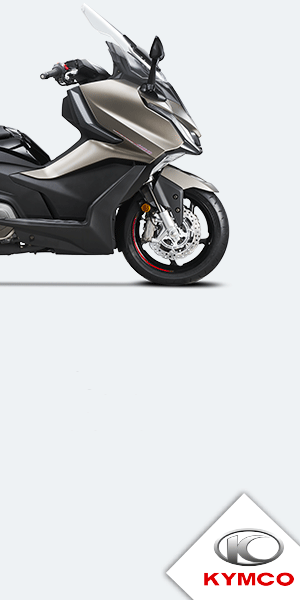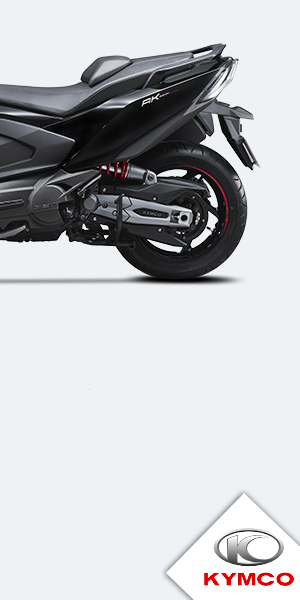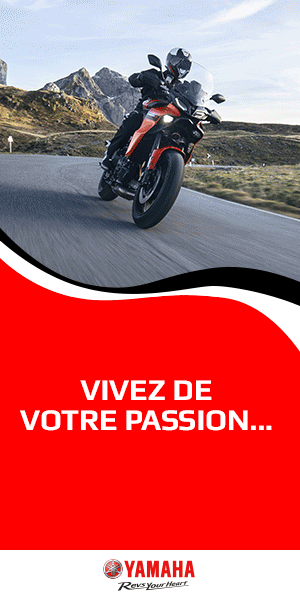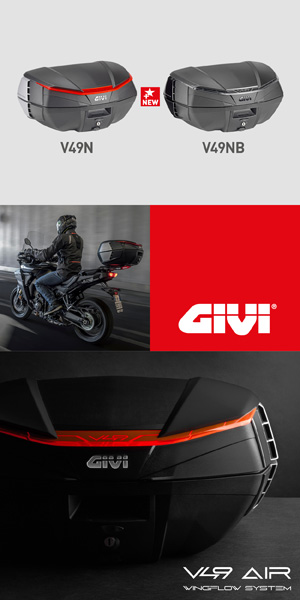Each season, European brands appear more and more formidable. Are we seeing a real change in MotoGP? With the 2024 season in full swing, the dynamics appear to be the same as in 2023, and 2022, too. But then, why have Japanese manufacturers, despite their significant financial power, fallen behind the Europeans? This may be a much deeper problem than it seems.
A past glory
To fully understand, a step back is necessary.. Since their arrival in the 1960s, Japanese manufacturers have more or less dominated motorcycle Grands Prix. We owe them the appearance of major new products, and even the daring recruitment of European stars like Giacomo Agostini with Yamaha. Finally, in a few years, Japan established itself as the number 1 country in motorcycle sports, until today. Whether with Honda, Yamaha, Suzuki or even Kawasaki in small categories, they have won everywhere they have gone.
Over time, these teams have become true institutions characterized by innovation, progress and pure performance. Honda, Yamaha and Suzuki disgusted Europeans who no longer competed with these gigantic companies. Repeated successes led to the birth of a real passion for motorcycling on the archipelago at the end of the 1980s. In the mid-1990s, the grids were populated by Japanese, each as strong as the next.
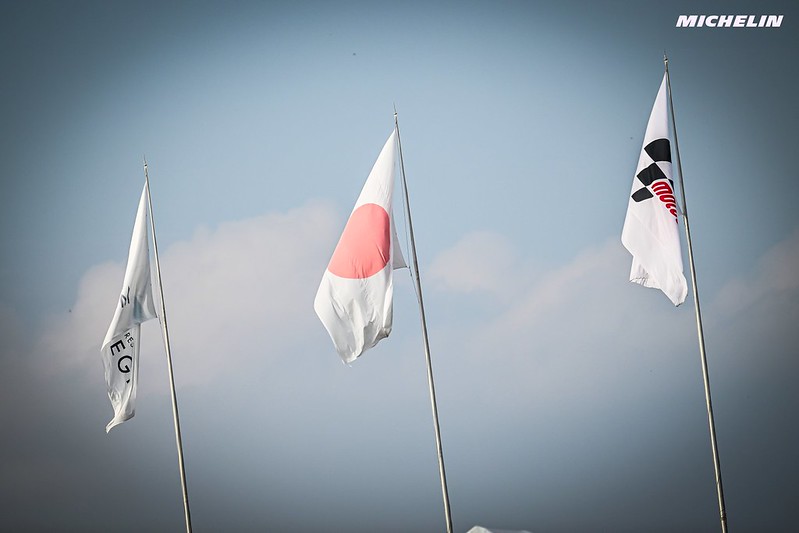
Not so long ago, Japan was one of the biggest countries in MotoGP. Whether in terms of drivers or manufacturers. Photo: Michelin Motorsport
Ducati's manufacturers' and riders' titles in 2007 changed nothing; Honda and Yamaha were still the two strong teams with officials but also satellite riders at the front. But for several years, it has been nothing in terms of the prize list. All in all, there are two or even three Japanese at the forefront in all categories, and the manufacturers are struggling against the now more numerous Europeans. Will this continue in the coming years? In my opinion, yes.
When did this phenomenon occur? It's difficult to date precisely, but I'm sure that the 2016 regulations played a big part in it, even if it's not the only factor as we'll see in a few moments. The higher authorities, distressed by the domination of the factory teams (in fact Japanese), introduced a single ECU in order to close the ranks. A decision that we have detailed at length in other articles. Racing in Grand Prix was much cheaper and as is always the case in motor sports, the reduction in budgets resulted in a breakthrough for innovative manufacturers. Innovation is generally forced by the severity of a regulation.
An innovative, but outdated heritage
But the Japanese did not ride this wave and rested on their laurels, namely their talented pilots. The best example is none other than Marc Márquez with Honda. Hang in there: since 2016, only five riders have won at least one race with an RC213V: Jack Miller, Cal Crutchlow, Dani Pedrosa, Alex Rins, and of course, the eight-time world champion. In 2023, seven different riders have won on the Desmosedici, including the Sprints.
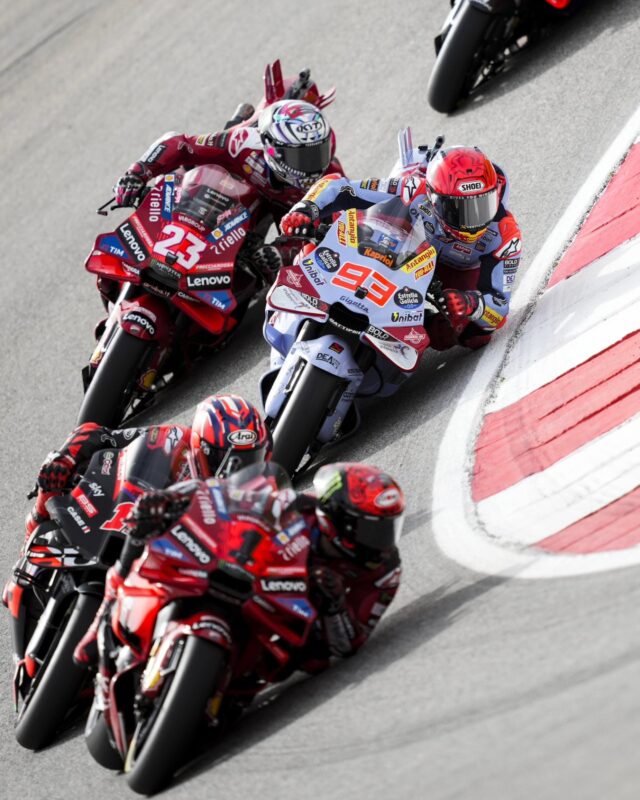
The departure of Marc Marquez is a much more serious symptom than it seems, in my opinion. Photo: Marc Marquez
Why didn't the Japanese manufacturers respond at that time? After all, although Ducati belongs to the Volkswagen group, there is no shortage of resources at Honda. Quite simply because the performances of the Japanese in Grands Prix reflect the downgrading of the entire country; a phenomenon that we, Westerners, have difficulty understanding.
You should know that the situation is extremely serious in Japan. In addition to a major problem linked to the low birth rate, the industry mainly made up of huge conglomerates is collapsing. The Japanese economy is governed by the famous Keiretsu, these groups of companies present in different fields of activity (Kawasaki, Honda, Mitsubishi…). Once glorious, the latter are in free fall and pose multiple problems. First, they no longer innovate. Companies like Sharp, Sony, Toshiba, Hitachi, Panasonic were brands that we saw everywhere, all the time. Today, they are nowhere in their respective markets; American and South Korean companies have moved ahead.
This is the harsh reality of Japan these days. Household consumption is lower than ever, the yen is also at half mast. Above all, the country is aging, relentlessly, in an extremely worrying manner. All this is directly linked to MotoGP, because it is the dynamism of a nation which is reflected in its sporting exploits. Yamaha and Honda openly appeal to Europe – whether through the recruitment of engineers, or the design of a chassis – but this goes against their philosophy.
That's all for today. The second part has been published! Click here to find out! And tell me what you think in the comments!
As a reminder, this article only reflects the thoughts of its author, and not of the entire editorial team.

The JS Sōryū, a diesel-electric submarine manufactured by… Kawasaki Heavy Industries. This mode of operation has good things, but not only advantages. Photo: Hunini
Cover photo: Michelin Motorsport












